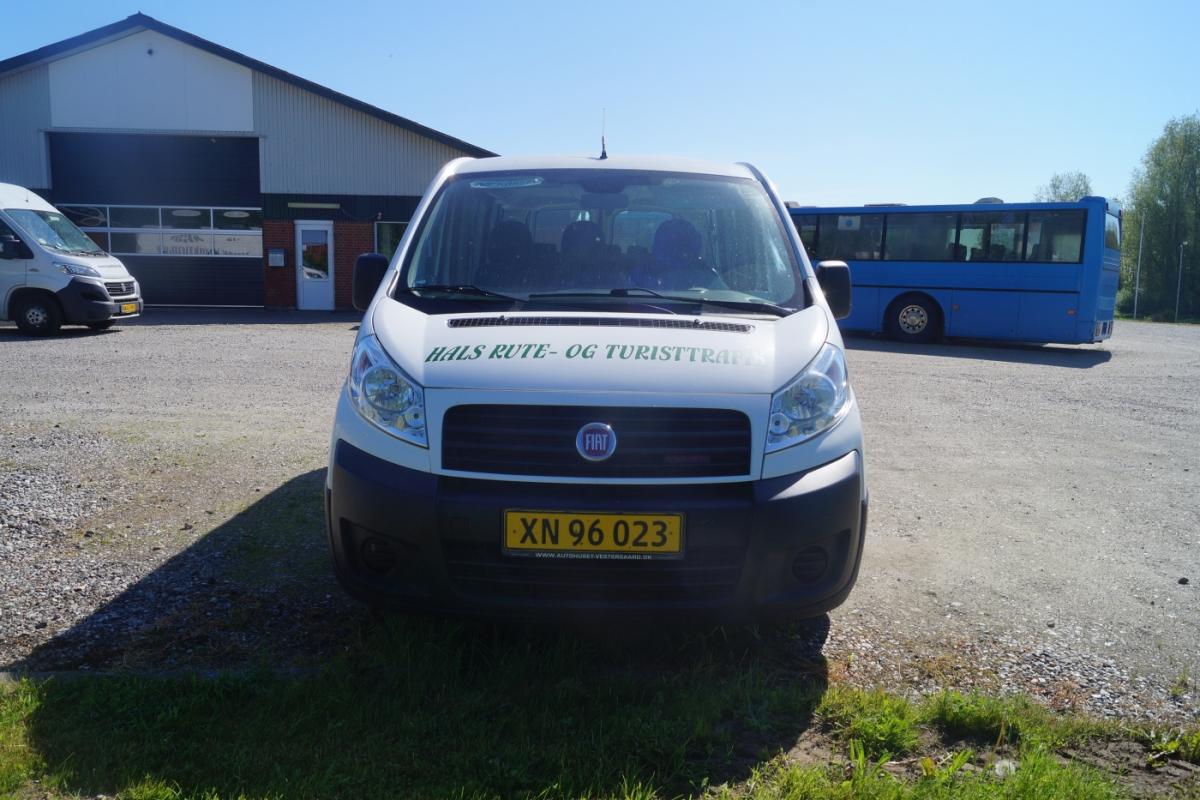
The load volume in the smallest model is 5 cubic meters, moving up to a generous 7 cubic meters in the high roof, long wheelbase model. There are two different wheelbase sizes, and a high roof is available in the longer wheelbase. Customers have numerous options when purchasing a Scudo. The latest model has made several improvements on the original. It has been particularly popular as a refrigerated van. The Fiat Scudo is an italian manufacturered, small refrigerated van.The Scudo has been on the market for many years now, and in that time it has gained a dedicated following. 5 - Fiat Scudo Refrigeration Van Engineers.4 - Freezer/Refrigerated Van Insulation.3 - Fiat Scudo Van Refrigeration Systems.so it might be best to just order the stuff online for about £30/5L and go with that for the next 9,000 miles.

HOWEVER: Selenia Turbo Diesel is a "synthetic based" oil ? (semi-synthetic?) ? and is suitable for long-life applications, and is recommended in the handbook. So, it LOOKS AS IF and oil meeting ACEA B3 or B4 and API CI-4 should be OK.
FIAT SCUDO 2.0 JTD REVIEWS PLUS
Some CI-4 oils may also qualify for the CI-4 PLUS designation.

Can be used in place of CD, CE, CF-4, CG-4, and CH-4 oils. CI-4 oils are formulated to sustain engine durability where exhaust gas recirculation (EGR) is used and are intended for use with diesel fuels ranging in sulfur content up to 0.5% weight. For high-speed, four-stroke engines designed to meet 2004 exhaust emission standards implemented in 2002. Can be used in place of CD oils.ĬI-4: Introduced in 2002. For off-road, indirect-injected and other diesel engines including those using fuel with over 0.5% weight sulphur. I think it's a pretty ghastly system, really.ĬD Obsolete Caution Not suitable for use in most diesel-powered automotive engines built after 1994 (WHAT?)ĬF Obsolete Obsolete Introduced in 1994. The highet the next letter, the more recent is the oil technology, and the higher letters are backward-compatible with lower letters, although some consideration has to be used. The "C" in the designation denotes compression ignition engines. A bit of a minefield, various supersedures and replacements have happened over the years, and there are equivalents.ĪCEA A3/B3 Stable, stay-in-grade Engine Oil intended for use in Passenger Car & Light Duty Van Gasoline & Diesel Engines and/or for extended drain intervals where specified by the engine manufacturer, and/or for year-round use of Low Viscosity Oils, and/or for severe operating conditions as defined by the Engine Manufacturer.ĪCEA A3/B4 Stable, stay-in-grade Engine Oil intended for use in Passenger Car & Light Duty Van Gasoline & DI Diesel Engines, but also suitable for applications described under A3/B3. I am not sure what the diagram in the book exactly means re temperature, it isn't very understandable (I think there's crossover with petrol-fuelled models). SAE 5W-40 synthetic-based multigrade oil exceeding ACEA B3 and API CF specifications (-30 to +30 deg C) (Selenia WR Diesel). SAE 10W-40 synthetic-based multigrade oil exceeding ACEA B3 and API CD specifications (-15 to +40 deg C) (Selenia Turbo Diesel).

The handbook SEEMS to say, for diesel engines: I also prefer to use long-life fully synthetic oil and change it at twice the specified interval (i.e. I changed the oil in my 2.0 JTD SX (16v), and used Castrol Edge 5w-40, although I'd have preferred to use 10W-40 for the summer. Aha! People here don't seem to like talking about oil, even though it's one of the most important things!


 0 kommentar(er)
0 kommentar(er)
